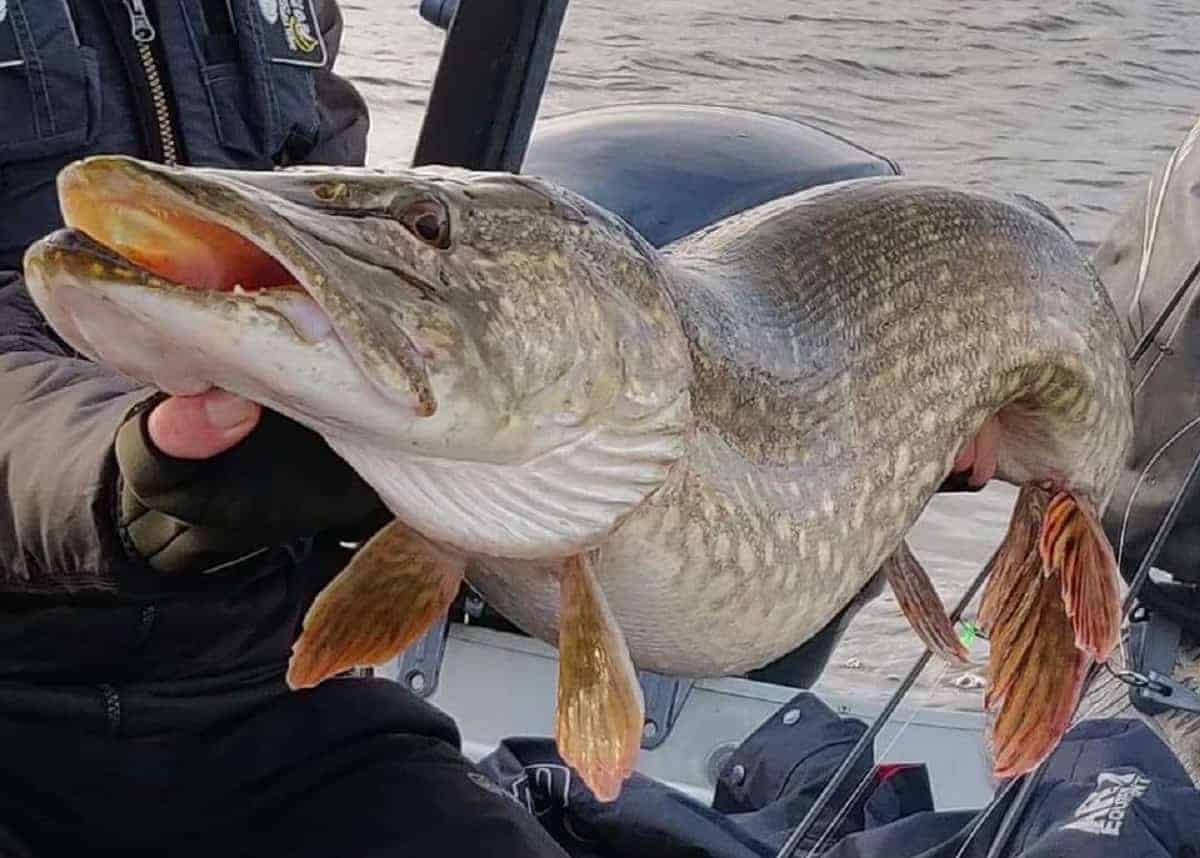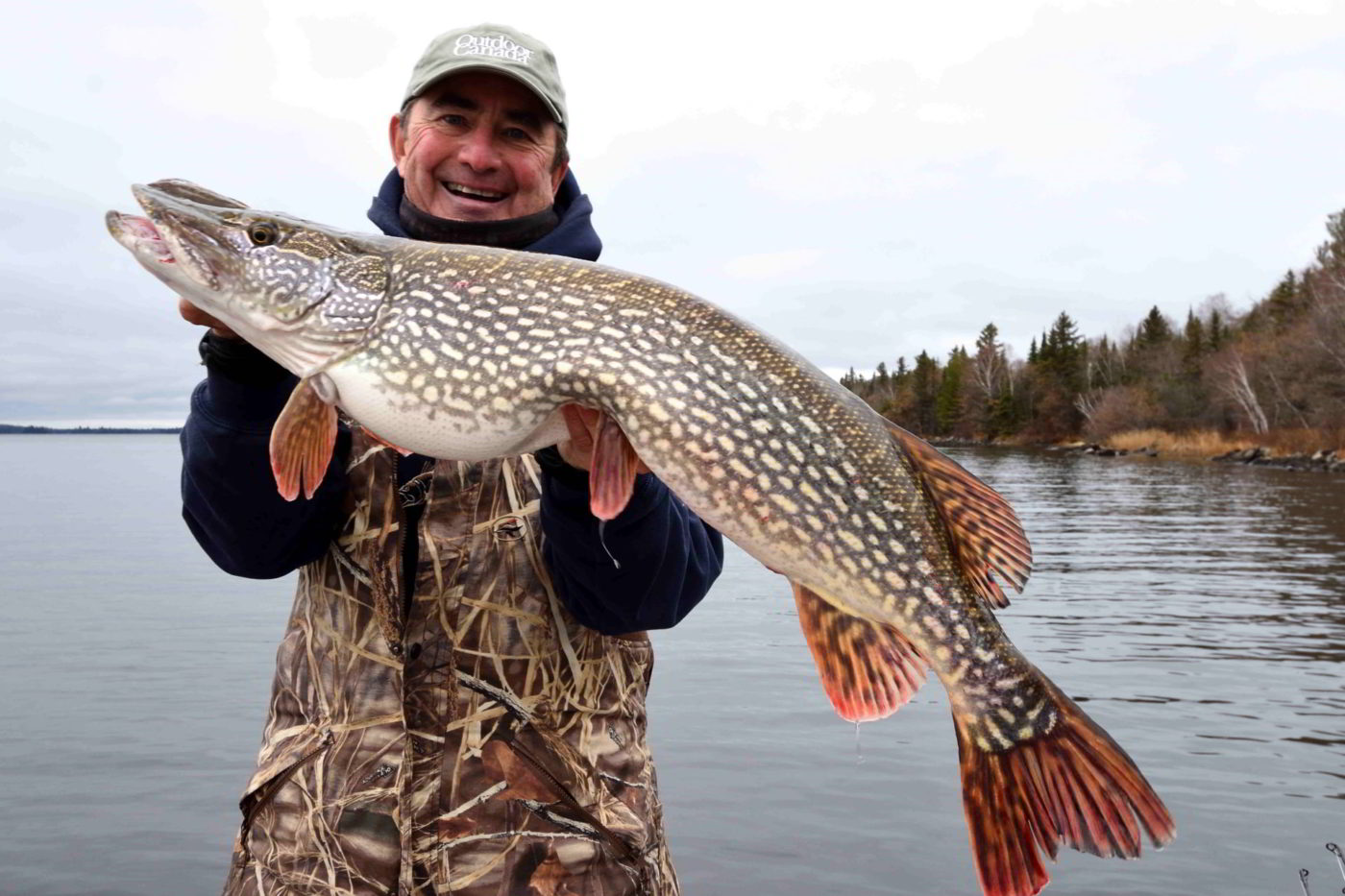Pike Species Definition and Characteristics: Pike Definition

Pike definition – Pike, scientifically classified under the genus Esox, are predatory freshwater fish renowned for their elongated, torpedo-shaped bodies and voracious appetites. They are distinguished by their large, duck-billed snouts filled with sharp, pointed teeth, which they use to capture and hold onto prey. Pike species exhibit remarkable diversity, each adapted to specific habitats and exhibiting unique characteristics.
A pike, a piercing weapon, has found its way onto the basketball court, where it takes on a new meaning. While a pike in warfare is meant to inflict pain, in basketball, it is a graceful move that involves jumping high and extending one’s legs towards the basket, as described in pike meaning basketball.
Yet, like its namesake, the pike in basketball requires precision and strength to execute effectively, making it a formidable weapon in the hands of skilled players.
Species Diversity
The pike genus encompasses several species, including the Northern Pike (Esox lucius), the Muskellunge (Esox masquinongy), the Chain Pickerel (Esox niger), and the Amur Pike (Esox reichertii). These species vary in size, coloration, and habitat preferences. Northern Pike, for instance, are found in northern waters and can reach lengths of over 5 feet, while Chain Pickerel are smaller, typically measuring around 2 feet in length, and inhabit warmer, weedy waters.
Pike, the formidable predator of the watery depths, commands respect with its sharp teeth and lightning-fast strikes. Yet, its reign is not unchallenged, for in the realm of aquatic predators, another formidable force emerges: the perch. Similar to the pike in its predatory nature, the perch, with its voracious appetite and cunning tactics, perch definition carves out its own niche in the aquatic ecosystem, providing a captivating study in the intricate balance of nature’s food chain.
Evolutionary Adaptations
Pike have evolved exceptional adaptations that enhance their predatory prowess. Their streamlined bodies allow for swift and agile movements, enabling them to ambush unsuspecting prey. Their keen eyesight and sensitive lateral lines help them detect even the slightest disturbances in the water, allowing them to pinpoint their targets with precision. Additionally, pike possess a unique swim bladder that functions as a hydrostatic organ, providing them with buoyancy control and enabling them to maintain their position in the water column.
Pike Habitat and Distribution

Pike thrive in diverse aquatic environments, from rivers and lakes to coastal waters. They prefer clear, well-oxygenated water with abundant vegetation for cover and ambush. Optimal temperature ranges vary by species, with some preferring cooler waters and others tolerating warmer conditions.
Global Distribution
Pike species have a widespread global distribution, inhabiting northern regions of North America, Europe, and Asia. High concentrations are found in the Great Lakes region of North America, Scandinavia, and eastern Europe. Distribution is influenced by factors such as water availability, temperature, and prey abundance.
Environmental Impact, Pike definition
Environmental factors play a crucial role in pike populations. Water quality degradation, such as pollution and eutrophication, can harm pike habitat and reduce their survival rates. Climate change, leading to altered temperature regimes and water availability, may also impact pike distribution and abundance.
Pike Fishing Techniques and Conservation
Pike fishing is a thrilling pursuit that requires skill, patience, and a deep understanding of these formidable predators. Anglers employ various techniques to entice and capture pike, each with its own nuances and effectiveness. This section delves into the art of pike fishing, exploring bait selection, casting methods, specialized gear, and the ethical principles of catch-and-release fishing.
Bait Selection
The choice of bait plays a crucial role in pike fishing. Live bait, such as minnows, suckers, or frogs, remains a popular option, as its natural movements and scent effectively attract pike. Artificial lures, ranging from spinners and spoons to crankbaits and soft plastics, offer a wide array of colors, shapes, and actions that can mimic the prey species pike target. Anglers often experiment with different lures to find what works best on a particular day or body of water.
Casting Methods
Pike can be targeted using various casting methods, each with its own advantages. Trolling involves pulling lures or bait behind a boat, covering a wide area and increasing the chances of encountering pike. Casting and retrieving lures or bait allows anglers to actively search for pike in specific areas. Jigging, where lures or bait are lifted and dropped vertically, can be effective in deeper waters or when pike are holding near the bottom.
Specialized Gear
Pike fishing requires specialized gear to handle the powerful and toothy nature of these fish. Heavy-duty rods and reels with strong line are essential to subdue and land pike safely. Wire leaders are often used to prevent pike from biting through the line. Specialized pliers and cutters are also helpful for removing hooks and cutting the line if necessary.
Catch-and-Release Fishing
Catch-and-release fishing is a widely adopted practice among pike anglers. This ethical approach involves releasing the fish back into the water after it has been caught. By practicing catch-and-release, anglers help conserve pike populations and ensure their future availability for fishing and ecological balance.
Conservation Efforts
Pike populations face various threats, including habitat loss, overfishing, and pollution. Conservation efforts are crucial to protect and manage these iconic fish species. Regulations on fishing seasons, size limits, and catch limits help maintain sustainable pike populations. Habitat restoration and protection initiatives aim to preserve and improve spawning and feeding grounds. Public education and awareness campaigns promote responsible fishing practices and foster an appreciation for the importance of pike in aquatic ecosystems.
Pike, a predatory fish known for its sharp teeth and voracious appetite, is often found in freshwater lakes and rivers. Its elongated, torpedo-shaped body and powerful tail give it an advantage in pursuing its prey. Also known as the pike fish , it is a formidable predator in its aquatic ecosystem, utilizing its ambush tactics to capture unsuspecting fish.
Understanding the pike definition provides insights into the behavior and characteristics of this fascinating species.
Pikes, with their elongated bodies and razor-sharp teeth, are formidable predators that lurk beneath the water’s surface. Yet, they pale in comparison to the extraordinary floater fish , whose unique ability to regulate its buoyancy allows it to hover effortlessly in mid-water.
While pikes may strike with lightning speed, their limited maneuverability renders them vulnerable to the elusive floater fish, which can dart away with astonishing agility.
A pike, with its sharp, pointed end, is a formidable weapon in the hands of a skilled fisherman. But on the basketball court, a “floater” is a weapon of a different kind. Floater basketball meaning is a shot that combines the soft touch of a jump shot with the deceptive trajectory of a layup.
Like a pike, it pierces through the defense, landing gently in the basket.